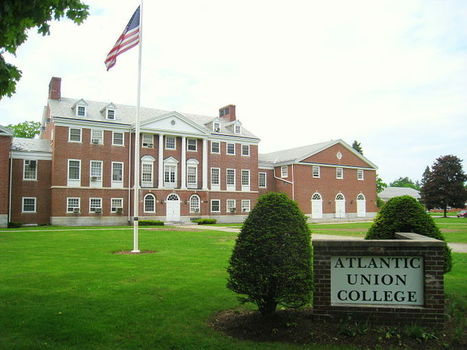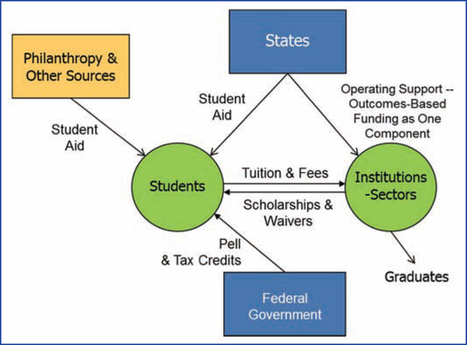- This article was previously published in Facilities Manager magazine as part of APPA's 100th anniversary celebration.
- It is shared here [pdf], for those who are not SCUP members, only through Sunday, August 24.
- Share your memories of the last 50 years of higher education planning on SCUP's 50th anniversary page.
"For most of its history, higher education in America was an experience that only the elite could enjoy. As a result, throughout the 19th century, higher education institutions became increasingly steeped in tradition and resistant to change. Things stayed about the same until World War II, which forced colleges and universities to face some huge challenges. For example, in 1944 the G.I. Bill enabled more than two million returning veterans to enter the higher education system.
'Higher education became more accessible and was no longer entirely the domain of the elite or the upper echelon,' says Persis C. Rickes, president and principal with Rickes Associates, a higher education planning firm in Attleboro, Massachusetts. 'Instead, it became the golden ticket to achieving the American Dream.' The nation’s higher education system was greatly challenged by this surge of students—in response, many institutions expanded facilities quickly, cheaply, and with minimal planning. ...
Going forward, most experts agree the pace of change will accelerate dramatically. Financial challenges, both capital and operational, will be the key drivers of facility planning in the future.
'Alternatives to the traditional higher education pipeline, such as badges and "unbundling," will lead to a reconceptualization of what it means to obtain a degree,' notes Rickes. 'While the residential collegiate experience will remain viable for some institutions, many others will be challenged to explore ways to reposition themselves in order to remain competitive, doing more with less.'”
Via
Society for College and University Planning (SCUP)



 Your new post is loading...
Your new post is loading...












And Robert Zemsky says the faculty are sitting on the sideline:
“We’re on the sideline. And that’s terrible that the faculty, writ large, are on the sideline.”